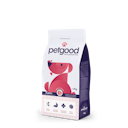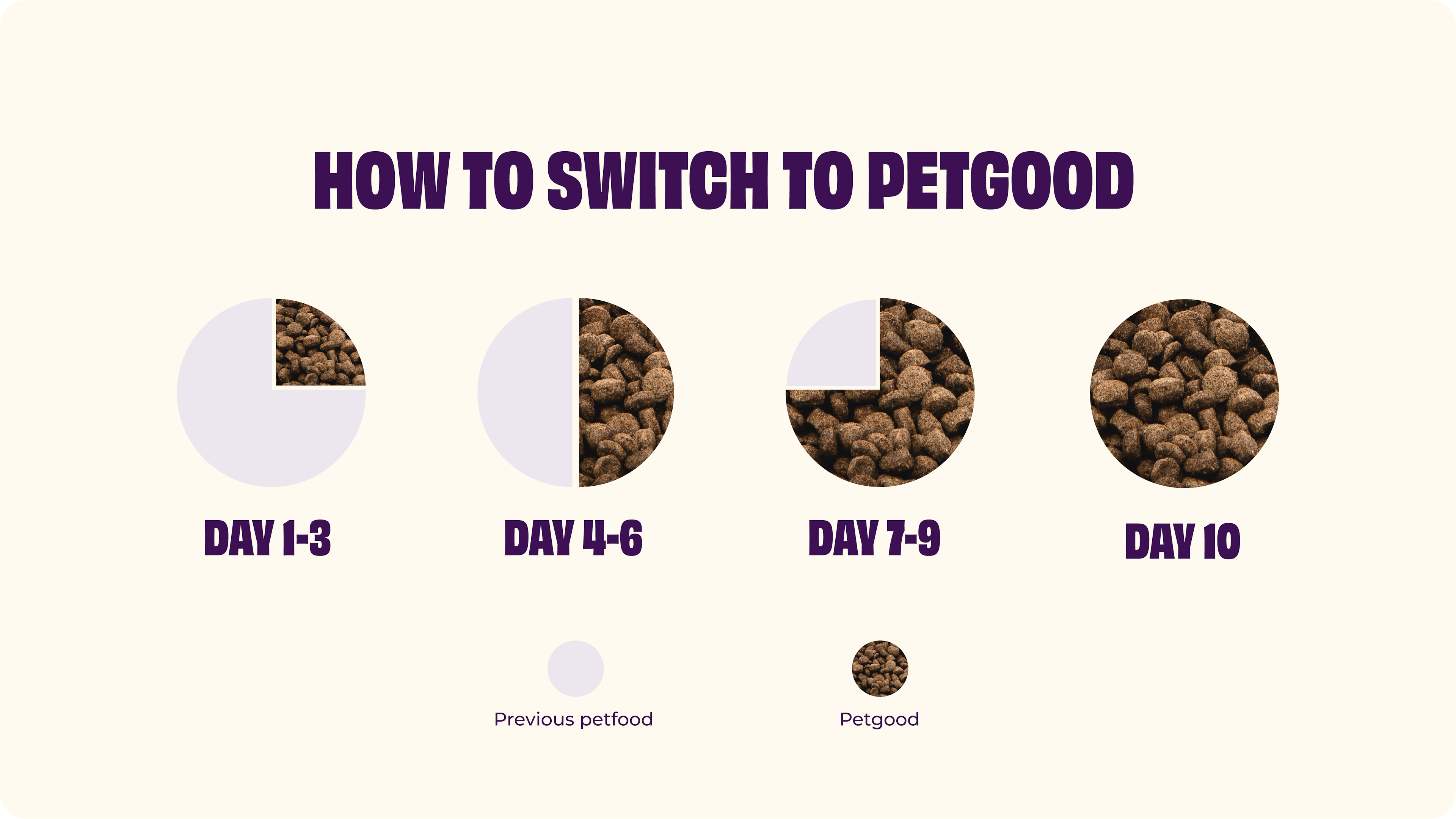Active location:
Select your country:

Food allergies & insect protein
We get many questions about whether our food is a suitable choice for an allergic dog. In this article we cover some basics in allergies, and explain if an insect-based food could work for food-allergic dogs. Remember that if you have a confirmed allergic dog, a dog with suspected allergy or a dog with a special health condition, you should always consult your veterinarian before making changes to the dog's diet.
In this article we will cover:
What are the most common allergies?
What symptoms can be caused by allergy?
What are the diagnostic methods?
How does an elimination diet work?
What is the difference between hydrolysed and hypoallergenic protein?
My dog has food allergies, should I switch food now?
Why can insect-based food work for dogs with food allergies?
What does research say about insect-based food for allergies?
What are the most common allergies?
Allergies in dogs can simply put be divided into two categories: food allergy or atopy. Atopy is an allergy to factors in the environment, such as pollen, grass, mites or mold. We will only cover food allergy in this article, but keep in mind that the dog can have both food allergy and atopy at the same time, or just one. When it comes to food allergies, the most common allergen is a protein source. According to a study by Mueller et al (2016), the most common dietary allergens for dogs are beef, dairy, chicken, wheat and lamb.
What symptoms can be caused by allergy?
Allergies can manifest themselves through either dermatological symptoms, such as itching, rashes, skin irritations, red paws and recurrent ear infections. The dog may also have gastrointestinal symptoms such as vomiting and diarrhea.
What are the diagnostic methods?
If you suspect that your dog is allergic, it is recommended that you start an allergy examination with a veterinarian. The investigation follows several steps according to the exclusion method where you try to find out what causes the allergy, and find a treatment method that works. There are many treatment methods, but it can take some time to find the one that works best for your dog.
How does an elimination diet work?
If it is suspected that your dog has food allergy, an elimination diet is a step in the investigation towards finding out what your dog is allergic to. In these diets, food with hydrolysed protein is often used. The aim is to figure out whether your dog has food allergies, and if yes, which allergens your dog is reacting to. If your dog is undergoing an allergy investigation and specifically is put on an elimination diet, do not change food without first consulting your veterinarian!
What is the difference between hydrolysed and hypoallergenic protein?
A hydrolysed protein is a protein that is broken down into tiny tiny pieces. Thanks to this, the allergic dog's immune system does not overreact to it, because it does not recognize it as a protein. This means that allergic dogs often tolerate different types of hydrolysed food, and they are therefore used in elimination diets.
The term hypoallergenic does not have an established definition and is used in different purposes, and can therefore be a bit confusing to the customer. Most often, what is meant is that the protein is from a more unusual source, and therefore has a lower risk of causing allergic symtoms.
My dog has food allergies, should I switch food now?
If a food allergy has been diagnosed using an elimination diet, the next step is usually to try introducing new protein sources to see if the dog can tolerate them. Some dogs react to many different proteins and need to continue on hydrolyzed food, while others may do well on a diet based on a new protein source that the dog has been found to tolerate.
There is no food that will work for 100% of all allergic dogs, because all individual dogs diagnosed with allergies are unique and will have different needs. According to current research, there is a potential of cross-reactions between insect and crustacean species, which means that dogs with mite allergies or shellfish allergies can also potentially react to insects-based pet food. This is an area of growing research, and owners of mite-allergic dogs should be aware that there is the potential for their dog to also react to insect-based food.
Any switch to new food or protein sources should always be done in consultation with a veterinarian.
Why can insect-based food work for dogs with food allergies?
Insect protein is a new, uncommon protein source that most dogs have not been exposed to. Because of this, the risk of the immune system reacting to the protein is lower, as it does not resemble the proteins the immune system overreacts to.
Our food is a standard diet, and therefore it is not hydrolysed or a veterinary prescription diet
What does research say about insect-based food for allergies?
Lee et al. evaluated insect protein in a clinical study in 2021, where food-allergic dogs were divided into groups that received different types of food for 12 weeks. After 12 weeks, a significant improvement in dermatological symptoms was seen in the group that received insect-based food; that is, the dogs had a lower incidence of rashes, redness, and skin irritations compared to the control group.
In the spring of 2024, Petgood collaborated with Ellinor Hammarberg, a student at SLU. For her thesis, Ellinor chose to investigate how dog owners of dogs with diagnosed food allergies perceived their dogs’ symptoms after switching to insect-based food. The results were overwhelmingly positive, with a large majority seeing an improvement in their dogs' symptoms.
Among dogs with only food allergies, 79% of owners reported improvement in all symptoms (itching/skin irritation/red paws, ear infections, coat problems, and gastrointestinal symptoms) after switching to insect-based food. You can read more about the study here.
In conclusion, we have clarified some basic allergy concepts and explained why our food can work for dogs suffering from food allergies.
And last but not least, we always recommend that you consult your veterinarian before making any changes to your allergic dog’s treatment, diet, or routine.
References










